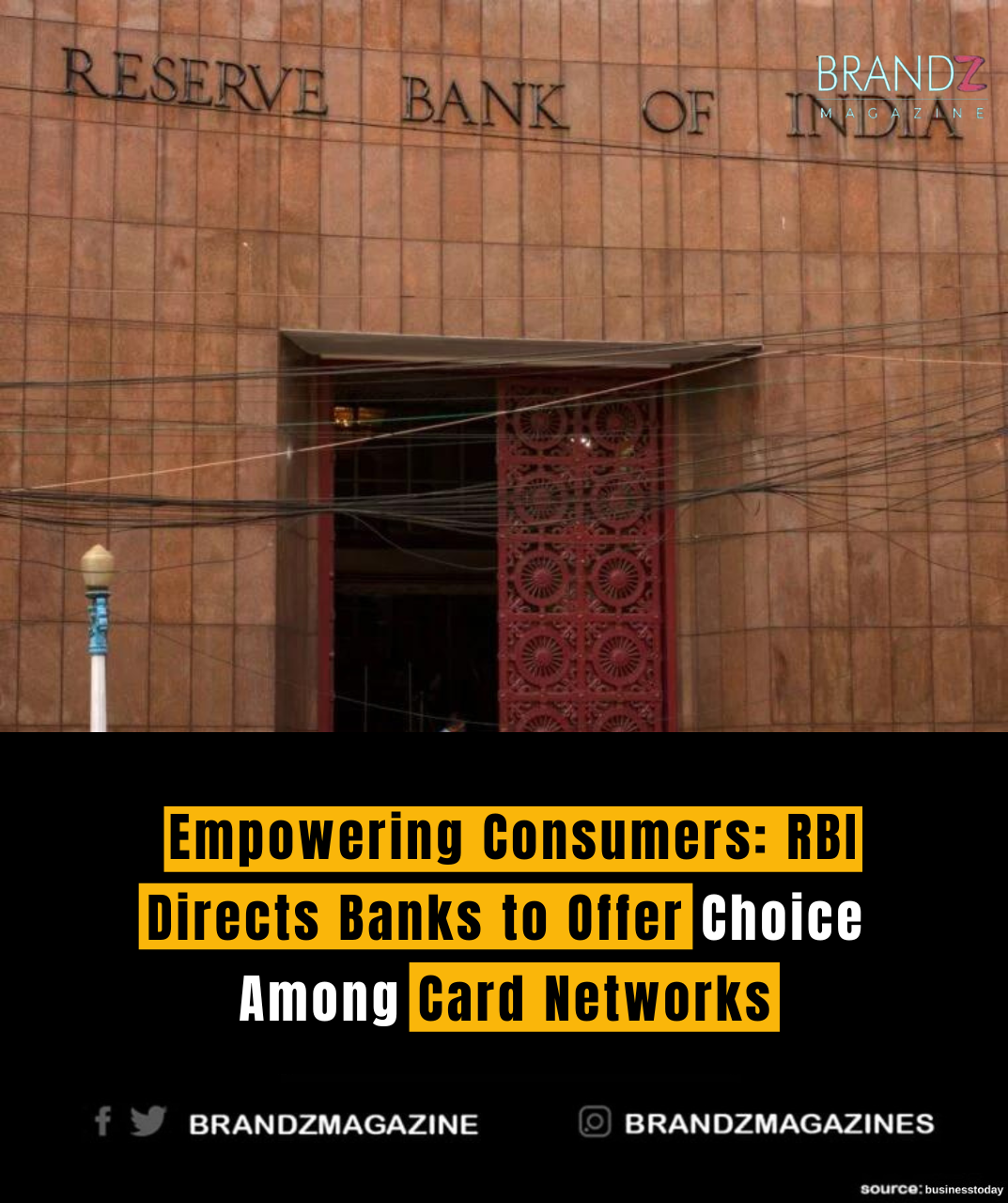
In a move aimed at empowering consumers and promoting competition in the payment ecosystem, the Reserve Bank of India (RBI) has directed banks to provide their customers with the option to choose among different card networks for debit and credit card transactions. This landmark directive signifies a significant shift in the dynamics of the banking sector, heralding a new era of choice and flexibility for consumers.
The RBI’s decision comes against the backdrop of a rapidly evolving payment landscape, where digital transactions have become increasingly prevalent. With the proliferation of payment options, consumers have been seeking greater control and convenience in managing their financial transactions. By mandating banks to offer choice among card networks, the RBI is addressing this demand and fostering a more competitive environment in the payment industry.
One of the key objectives of the RBI’s directive is to enhance transparency and promote fair practices in the card payment ecosystem. By enabling customers to select their preferred card network, banks are encouraged to compete on the basis of service quality, innovation, and pricing, thereby fostering greater efficiency and customer satisfaction. This move aligns with the RBI’s overarching goal of promoting a vibrant and inclusive financial ecosystem that serves the best interests of consumers.
The directive is expected to have far-reaching implications for both banks and consumers. For banks, compliance with the RBI’s mandate entails adapting their systems and processes to accommodate multiple card networks. This may involve investments in technology infrastructure, training of personnel, and coordination with card network providers. However, the long-term benefits of enhanced customer loyalty and market competitiveness are likely to outweigh the initial implementation costs.
For consumers, the ability to choose among card networks offers greater flexibility and control over their payment preferences. Whether it’s selecting a network with lower transaction fees, faster processing times, or better rewards and benefits, customers can tailor their choices to suit their individual needs and preferences. This not only enhances the overall payment experience but also fosters a sense of empowerment and autonomy among consumers.
Moreover, the RBI’s directive is expected to spur innovation and drive greater efficiency in the payment ecosystem. With banks vying for customers’ favor by offering superior services and incentives, there is likely to be increased competition and innovation in the development of payment solutions. This, in turn, is expected to accelerate the adoption of digital payments and contribute to the growth of India’s digital economy.
Furthermore, the directive is in line with global trends towards open and interoperable payment systems. By promoting interoperability among different card networks, the RBI is facilitating seamless transactions across diverse platforms and enhancing the overall efficiency and resilience of the payment infrastructure. This not only benefits consumers by providing them with greater choice and convenience but also fosters innovation and competition in the payment industry.
In conclusion, the RBI’s directive to banks to offer customers choice among card networks marks a significant milestone in India’s journey towards a more inclusive and consumer-centric financial ecosystem. By empowering consumers with greater control over their payment preferences and fostering competition among banks, this move is poised to drive positive outcomes for both consumers and the economy at large. As India continues its march towards a digital future, initiatives such as these play a crucial role in shaping a more inclusive, efficient, and dynamic financial landscape.

